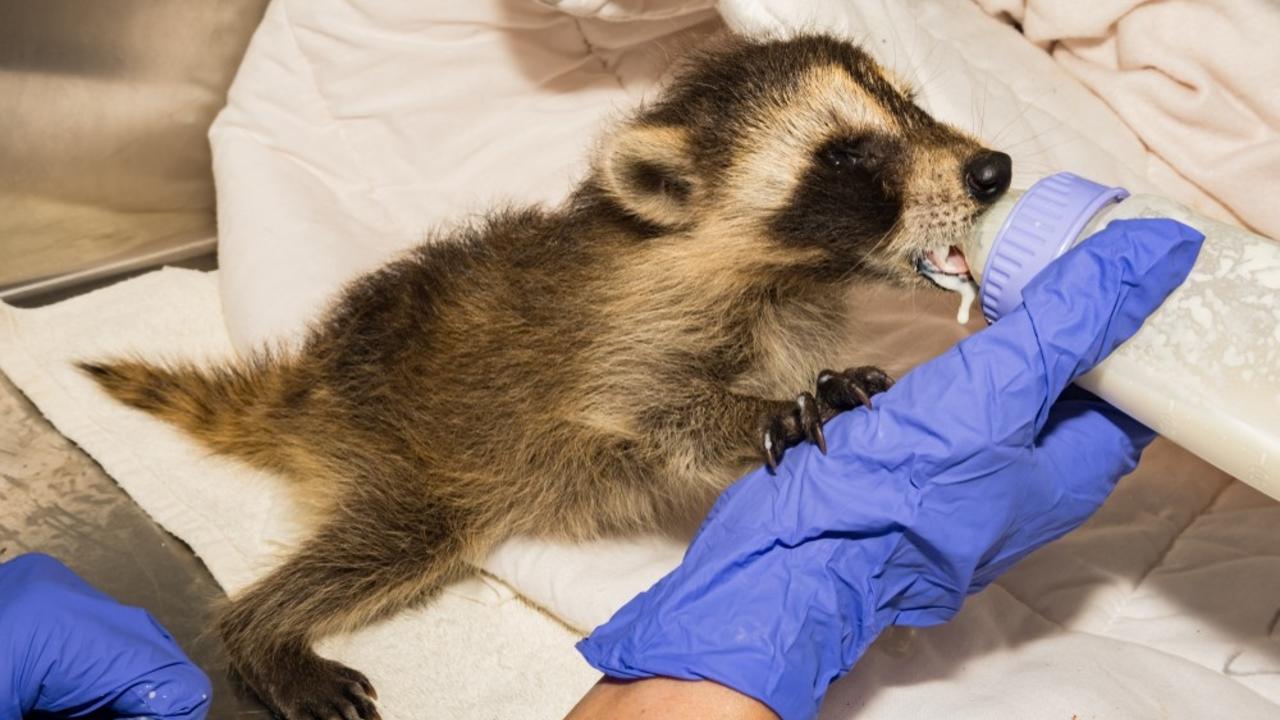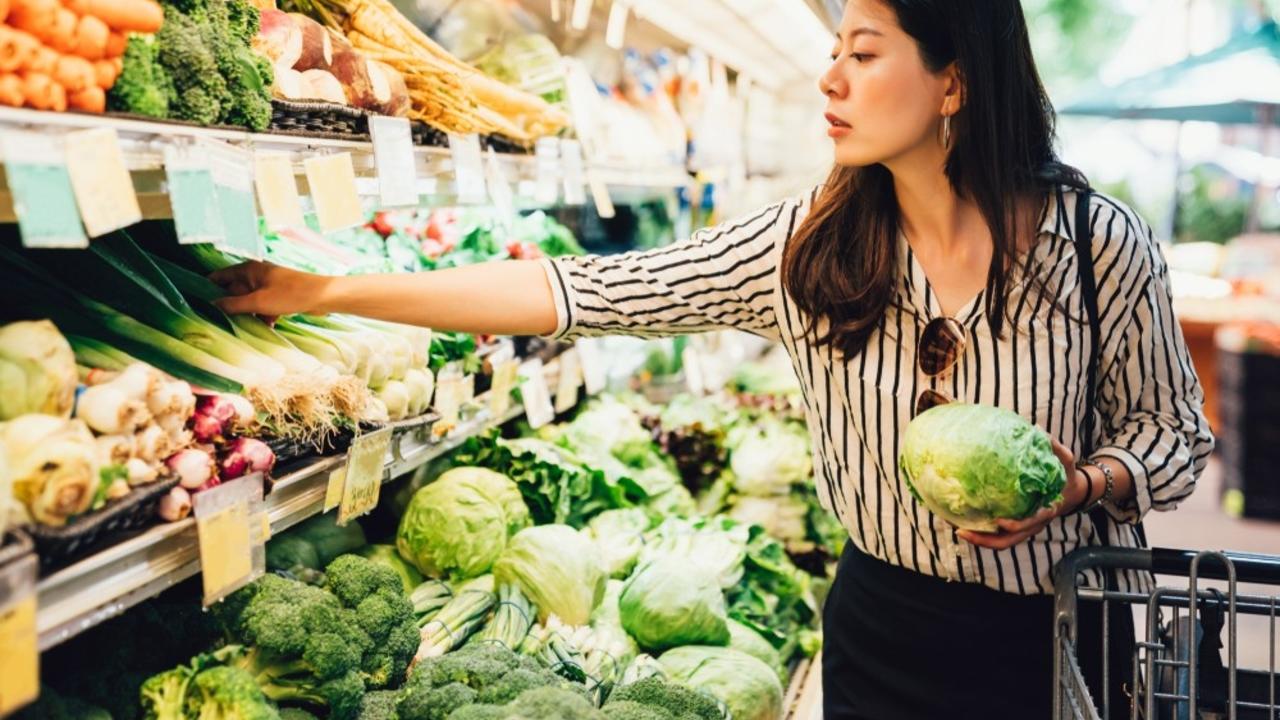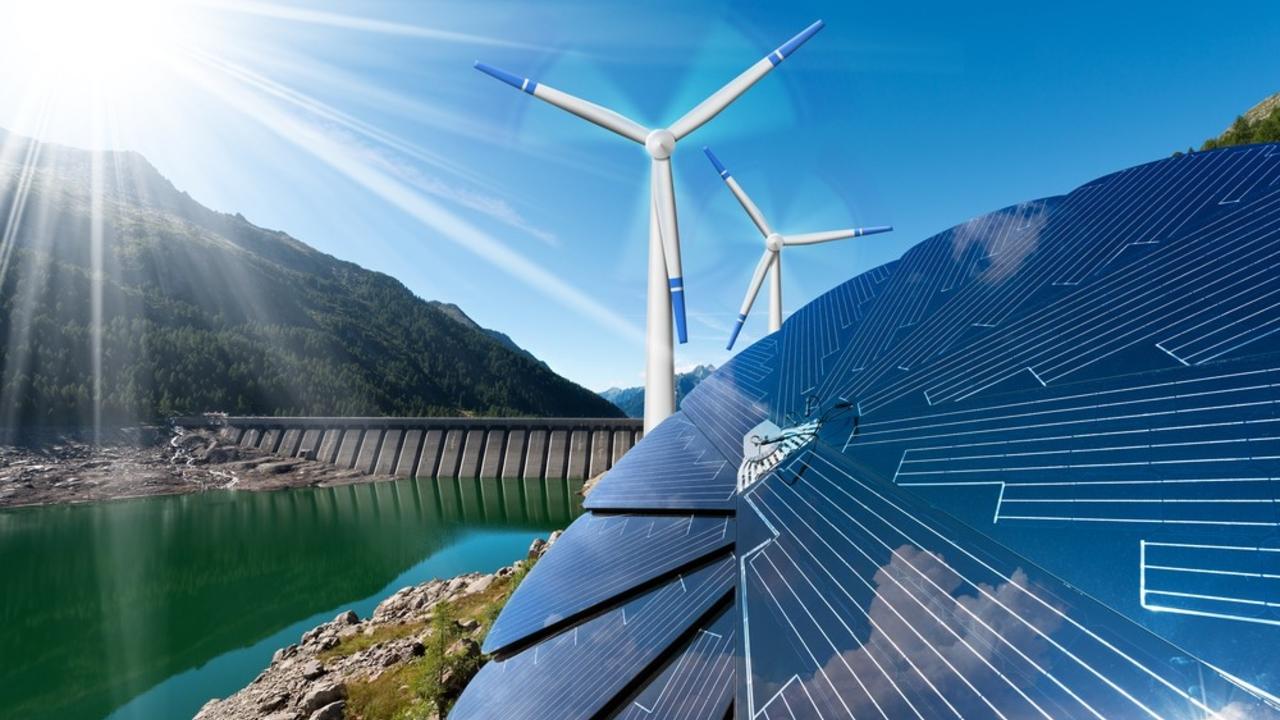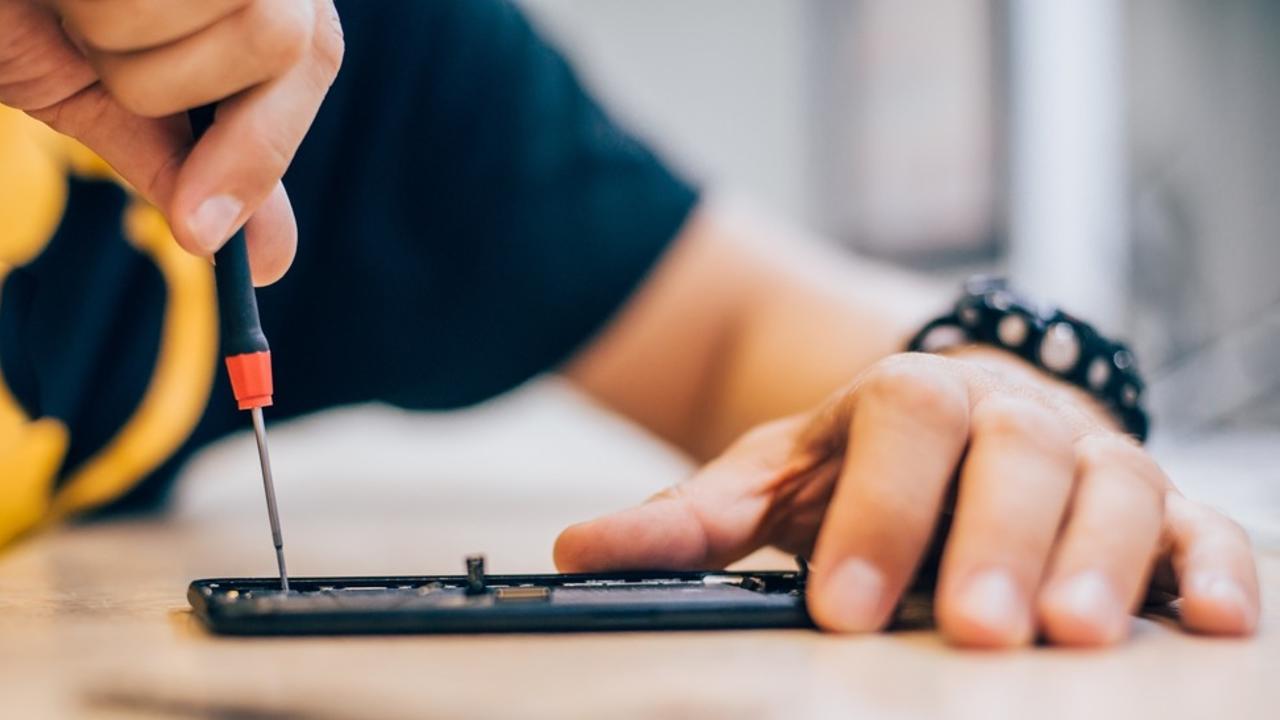Sustainable wellbeing and green living
Let's find ways to Flourish!
Wildlife Rehabilitation Centres

It is always exciting to see a wild animal in its natural habitat. Whether you are hiking in the forest, snorkeling in the ocean, or just walking down the street, there is a good chance you will be able to witness a wild animal interacting with their environment. Even something as common as a bird flying through the sky or a squirrel scampering up a tree can fill us with joy and remind us that there is a world beyond our own work and home stresses!
On the other hand, we know of many wild animals which we don’t get to witness, but are still thankful for their existence. You may have a great fondness for Siberian tigers but never have the chance to see one with your own eyes. This doesn’t decrease their value or importance. All wild animals are integral to the healthy functioning of our ecosystems, which makes them important to protect!
Wildlife rehabilitation centres
Wildlife rehabilitation centres provide care to wild animals which are sick, injured, and orphaned. Unlike some zoos,...
Reducing Waste at the Grocery Store

What is food waste?
It is known that grocery stores landfill a significant amount of produce. In fact, grocery stores account for 10% of U.S. food waste. Food waste is the edible portions of food that are thrown away or allowed to go bad. While this definition includes the scraps of food on your plate that you scrape into the garbage, it also includes the mass amounts of food at restaurants and retail locations that are thrown away. Food waste is problematic because instead of feeding the millions of food insecure families around the world, this food is being sent to the landfill.
The environmental costs
There are also environmental consequences associated with landfilling organic material. The anaerobic digestion of organic material in a landfill results in the production of methane, a greenhouse which has a global warming potential that is 25 times more powerful than carbon dioxide! In addition, when food is wasted, we are also wasting all of the fossil fuels, fertilizer, labour, ...
Alternative Electricity Generation

How electricity is generated
Electricity plays an important role in our everyday lives, as it has a wide variety of uses. We rely on electricity to heat, cool, and illuminate buildings such as our homes, businesses, places of work, schools, hospitals, and on and on. Electricity also powers our cellphones, washers and dryers, computers, televisions, and appliances. But do you ever spend time thinking about where your electricity comes from? Electricity is a secondary energy source, meaning that we (generally) cannot find it in nature. Instead, we get it from the conversion of other sources of energy.
Two of the most common sources of energy used in electricity generation are coal and natural gas. Electricity is generated in power stations or power plants through the use of large machines called turbines. The spinning of the turbines causes large magnets to turn within copper wire coils, resulting in the movement of electrons. This movement of electrons within the copper wire coils is ...
Right to Repair Technology

It is likely that at one point or another, one of your electronic devices has broken. Whether your screen cracked, or your microphone stopped working, broken devices can be a frustrating experience, especially when manufacturers make it expensive to get your devices repaired. In some cases, a repair can cost you more than buying a new electronic device would! Although third-party repair shops exist and may be able to fix your devices at a lower cost, their abilities are limited when it comes to repairs which require specialized parts. Unfortunately, it is common practice for manufacturers to restrict access to repair manuals, use parts that are unique to their products, and make their specialized parts inaccessible to consumers and small repair shops. This forces the consumer to choose between using “authorized” repair shops or purchasing a replacement.
The right to repair
The right to repair electronics is government legislation that is intended to allow consumers the ability to rep...
Rewilding

What is rewilding?
Rewilding is an environmental conservation and restoration method that involves letting natural processes occur in order to reintroduce lost plant and animal species to their natural environments and restore degraded landscapes. This process allows nature to manage itself, creating healthy and biodiverse habitats for native species. Over time, human settlement has created a significant impact on the environment through processes such as urbanization, agriculture, pollution, and deforestation. The natural species and functions of the land are altered by human presence, whether it is intentional or not. For example, the Tall Grass Prairie, which once extended from southern Manitoba, Canada to the Texas border in the U.S., is now considered an endangered ecosystem due to agriculture and urbanization. This resulted in a significant loss of native plant and animal species that were once abundant throughout North America. Rewilding can help nature recover and re-assert na...
Rethaka Repurpose Schoolbags

Photo credit: Atlas of the Future
Thato Kgatlhanye is the founder of Rethaka Repurpose Schoolbags, an eco-friendly South African company which repurposes plastic bags by turning them into backpacks for school children. Rethaka Repurpose Schoolbags started as an assignment for a design course in college. This assignment encouraged students to design one single product which will provide a solution to three of the most prevalent social issues in the town of Rustenburg, South Africa. These three issues are plastic pollution, unemployment, and lack of electricity. This college project resulted in the idea for Repurpose Schoolbags, a practical solution to plastic pollution while making it easier for children to attend school. Repurpose Schoolbags has since become the first green initiative from Rethaka, a social startup that was created by Thato Kgatlhanye and Rea Ngwane.
Enhancing education and promoting safety of schoolchildren
The Repurpose Schoolbags not only improve the environment ...
Decreasing Food Waste

What is food waste?
Food waste is edible portions of food that are thrown away or allowed to go bad. On an individual level, this may look like the crusts of your sandwich that you cut off, that last bit of pasta you couldn’t finish, or the cheese in your fridge that got mouldy over time. On a larger scale, food waste includes food that spoils during transportation, crops that are too “ugly” to make it to the market, uneaten portions of food at restaurants, and large quantities of expired waste that is thrown out at retail locations. The term food waste does not include inedible parts of your food such as peels, rinds, and husks.
Environmental and social impacts of food waste
The issue of food waste is a significant one, as approximately one third of all the food produced for human consumption is wasted. This equals roughly 1.3 billion tonnes of wasted food. Not only is this an issue due to the fact that individuals are going hungry while this food is wasted, but food waste has a si...

